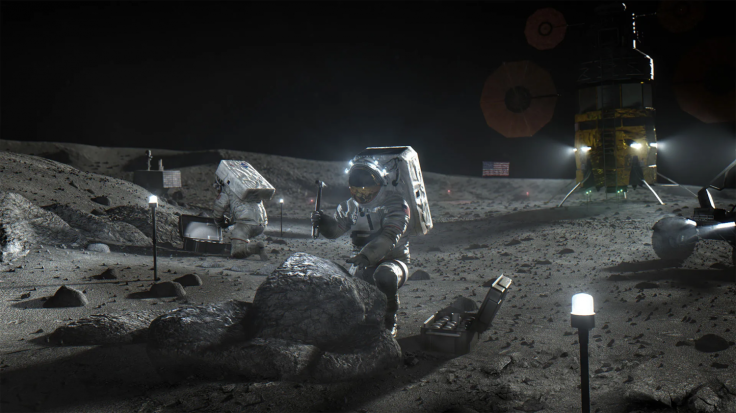Nokia is reportedly working with NASA to bring a 4G cellular network to the moon as part of the space organization's steps to establish human habitation in space.
Walt Engelund, deputy associate at NASA's Space Technology Mission Directorate, told CNN that the deal with Nokia will "establish a lunar communications network" to aid further explorations and scientific studies on the moon.

NASA expects the 4G network will reduce energy consumption costs in sending data back to Earth and provide faster data relays during missions.
This is in addition to plans to help future moon colonists use smartphones, access apps, and connect with people on Earth despite the long distance.
Engelund said a SpaceX rocket is already set to launch this year bringing the first batch of 4G network units which will be used to connect to two lunar rovers to search for ice.
The collaboration was first announced in February last year as part of NASA's Tipping Point program to bolster "commercial space capabilities" amid the revival of manned lunar missions.
While the project has been made public for quite some time, it is only this year that Nokia's Bell Lab has made progress with its "ambitious initiative."
NASA Opens More Opportunities for Commercial Businesses on Lunar Mission
Nokia is not the only US company NASA has awarded research and development support as it opens more paths for businesses to join the space race.
Just recently, NASA has awarded three more companies permission to further explore the moon, including Intuitive Machines which became the first US commercial flight to land on the moon since the Apollo missions.
This is in addition to its current commitments with SpaceX to send supplies to space and build the rocket that will be used for the Artemis missions.
Related Article : NASA Grants Three More Companies Permission to Explore the Moon
NASA Takes Steps Towards Space Colonization
With the lunar mission already underway, NASA is also starting to take steps towards the much more ambitious plan of building habitable colonies in space.
So far, plans for the project already point to manned exploration of Mars as NASA recruits more volunteers willing to undergo missions on the red planet in the future.
There is yet to be an exact date when the plans will come to fruition but the US space agency expects that bigger steps will be taken once it completes the Artemis missions, which will start sometime next year.









